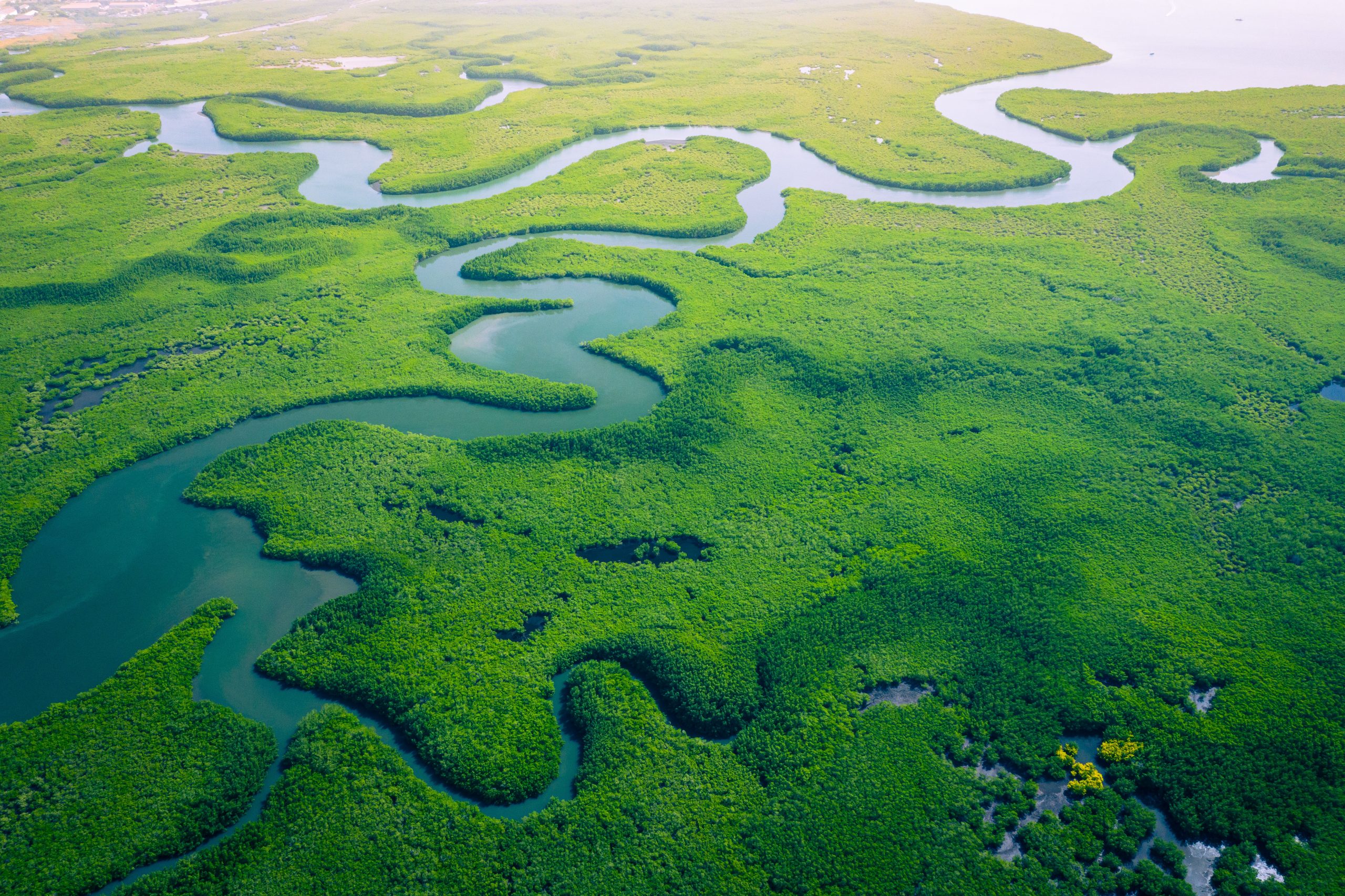News
10 things you need to know about the new post-2020 global plan for nature

News | Jul 2021
Picture: Curioso.Photography, Adobe Stock
Today saw the publication of the new draft of the next global plan for nature: the post-2020 global biodiversity framework.
The post-2020 framework includes the next set of global goals and targets for biodiversity. This draft will be the basis of negotiation, and a final framework is expected to be adopted by 195 national governments and the European Union at the upcoming UN biodiversity conference, COP15, in Kunming, China.
Neville Ash, Director of UNEP-WCMC, says: “Nature underpins our societies and our economies, providing essential benefits like food security, climate change mitigation, and disease control. Today, over a million species are at risk of extinction and ecosystems are in danger of collapse.”
“The post-2020 global biodiversity framework will provide a plan to conserve life on Earth and to sustain the many benefits that people derive from biodiversity.”
Here are ten things you need to know about the post-2020 global biodiversity framework:
1. The framework is about more than goals and targets
In addition to goals and targets, the framework includes a long-term vision of “living in harmony with nature”, a mission statement, and a series of other elements for delivering the framework on the ground, including in ensuring conditions and resources are available for its delivery, on ensuring transparency and greater responsibility for progress towards its ambitions, and on outreach and awareness.
2. The framework has 4 long term (2050) goals and related milestones for 2030.
These goals relate to conservation, using nature sustainably, sharing benefits from using genetic resources, and finance and other means of implementation.
3. The framework is for everyone, and everyone can contribute.
Although it is being negotiated by governments, the framework will guide action by public and private sectors on all scales and requires action across all of society. These contributions also need to be monitored to measure and encourage progress. UNEP-WCMC is working with partners to strengthen tracking of commitments for protecting and conserving areas of nature by businesses, indigenous peoples and local communities.
4. The political will to deliver the framework is as important as the text it contains.
The framework is not itself legally binding, and its success will depend on how much of it is taken on board and delivered at the national and other scales. Ambitions in the global biodiversity framework will count for nothing if actions aren’t taken to deliver on them.
5. Transparency on progress towards the ambitions of the framework will be strengthened.
Strengthened transparency on delivering the framework will be a significant new development. The expectation is that there will be greater consistency between this global framework and the planning and reporting mechanisms for how it is delivered nationally. There will also be periodic reviews of progress towards the global ambitions. To achieve this, UNEP-WCMC is working to help deliver indicators that can measure the changing state of biodiversity, including through the Biodiversity Indicators Partnership.
6. The framework calls for equity and fairness in decision-making and benefit-sharing.
Achieving the ambitions of the framework relies on engaging indigenous peoples and local communities, with respect for their rights, as well as women and girls, and youth. The framework requires equitable and effective participation in decision-making and that benefits are shared fairly.
7. Financing is critical to success.
In addition to ensuring alignment of current financial flows and the repurposing of subsidies that harm biodiversity, new financial resources will be needed to support delivery of the framework. Together, such finance should reach at least US$ 200 billion per year.
8. The targets cover a broad range of issues.
The action targets in the framework - to be reached by 2030 - are wide-ranging and include steps to tackle the causes of biodiversity loss worldwide, including climate change and pollution.
9. The work needs to start now to achieve ambitions by 2030.
Urgent action is needed in the months and early years ahead if we are to meet the 2030 targets and milestones in the framework. Action early this decade is crucial and urgent because of lag times and inertia in both political and ecological systems. Most of the outcomes envisaged for 2030 will require action over many years to achieve.
10. The framework is not agreed yet!
The framework will be part of a package of issues that come together (along with resource mobilisation, capacity building plans, and more) as part of negotiations in the run up to the Convention on Biological Diversity’s COP15. Keep up to date with the schedule of negotiations and developments with UNEP-WCMC's Post-2020 Timeline.
Have a query?
Contact us
communications@unep-wcmc.org
